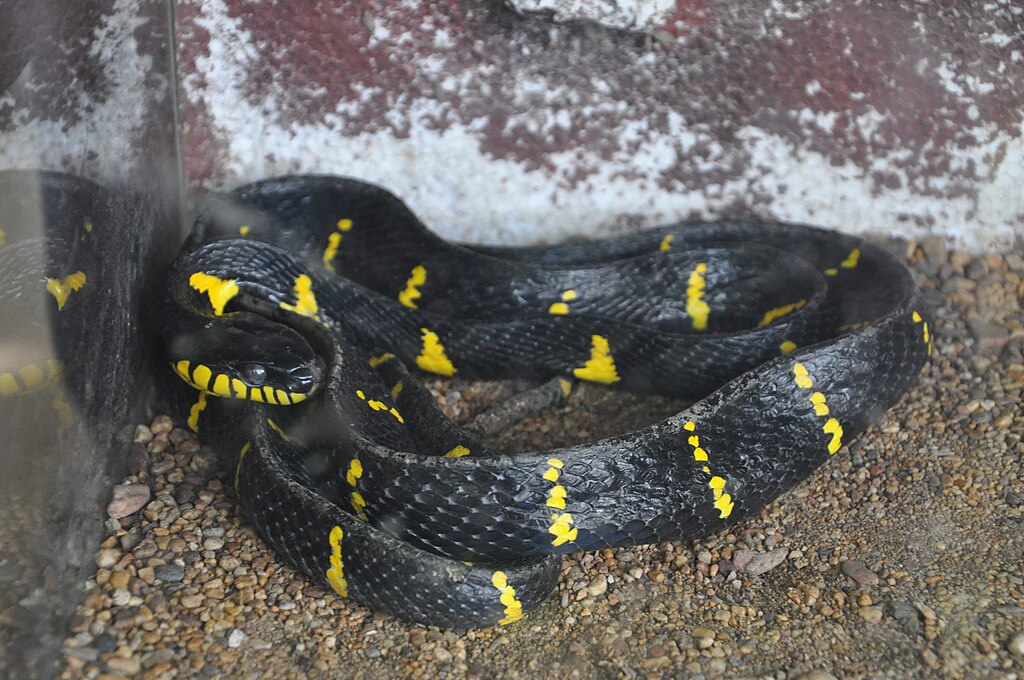The relationship between wildlife and human settlements has always been complex and multifaceted. Among the many creatures that navigate this delicate balance, snakes exhibit particularly intriguing behavioral adaptations when their territories overlap with human habitats. Certain snake species demonstrate a remarkable reluctance to hunt in proximity to human settlements, a phenomenon that has fascinated herpetologists and wildlife biologists for decades. This behavioral adaptation stems from various evolutionary, ecological, and sensory factors that influence these reptiles’ survival strategies. Understanding why some snakes actively avoid hunting near humans not only provides insights into their ecological needs but also helps inform conservation efforts and human-wildlife coexistence strategies.
The Evolutionary History of Snake-Human Interactions
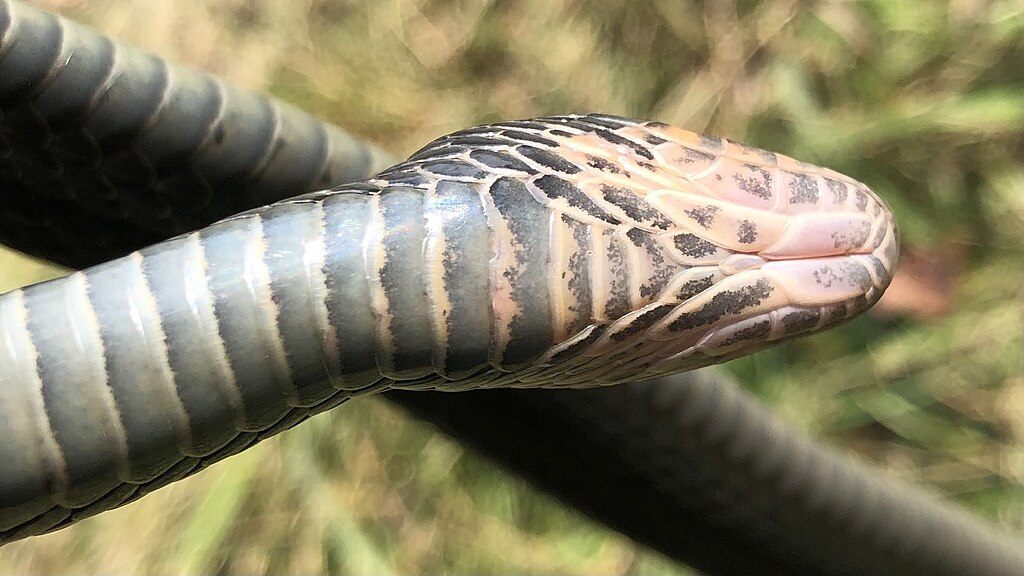
The cautious relationship between snakes and humans dates back thousands of years, deeply embedded in our evolutionary history. Many researchers suggest that primates, including early humans, developed specialized neural pathways for detecting snakes rapidly – a testament to how significant these reptiles were as potential threats to our ancestors. This long-standing evolutionary arms race has likely influenced snake behavior as well, with species that avoided human encounters having better survival outcomes. Evidence indicates that in regions with longer histories of human habitation, snakes may exhibit stronger avoidance behaviors compared to areas where human presence is relatively recent. This pattern suggests an adaptive response that has been reinforced over generations through natural selection, as snakes that hunted away from humans were more likely to survive and reproduce.
Heightened Sensitivity to Vibration and Movement
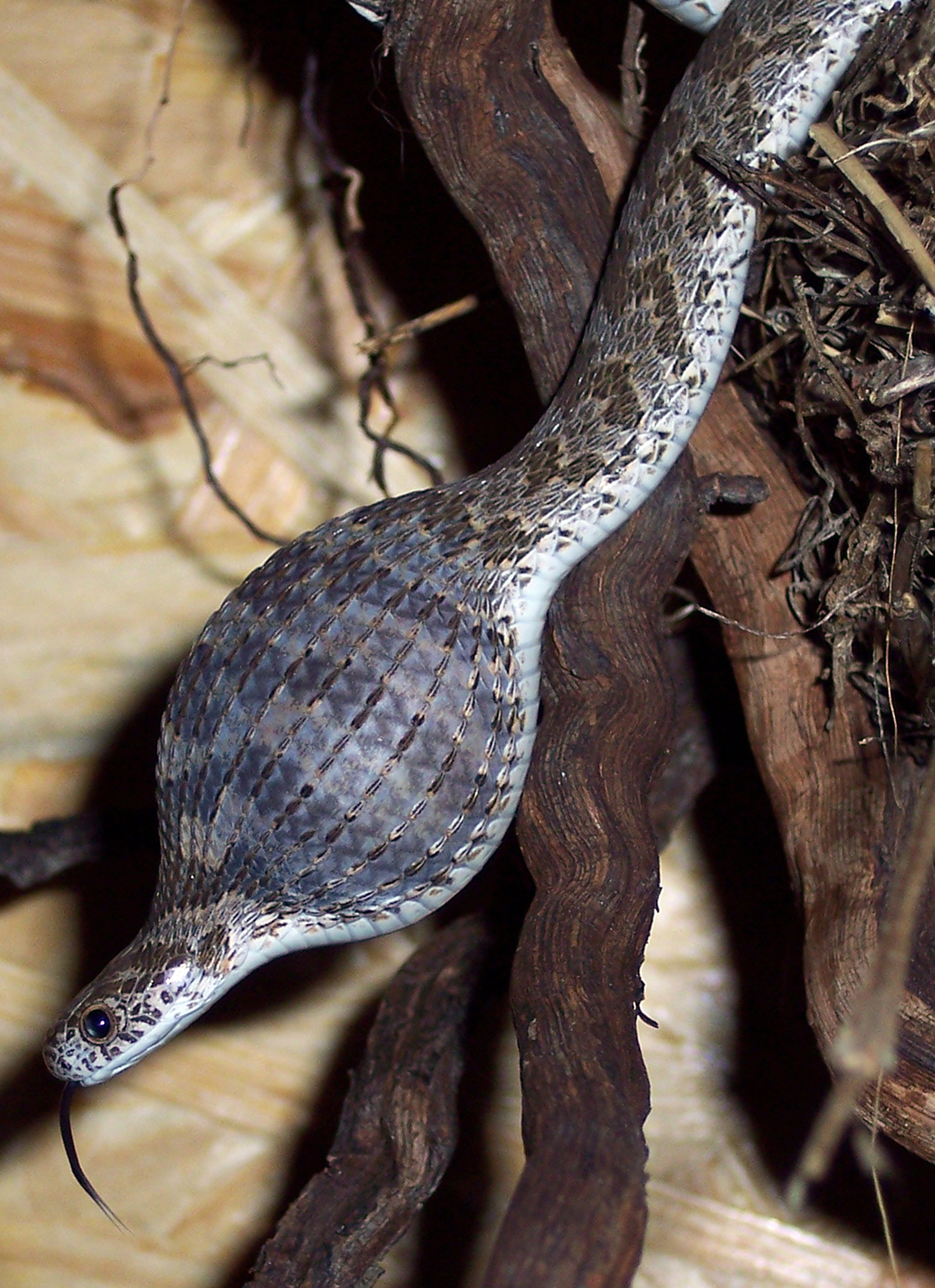
Snakes possess remarkable sensory adaptations that make them particularly sensitive to ground vibrations and environmental disturbances – features abundant in human-occupied areas. Their specialized jaw structure connects directly to the ground, effectively turning their entire body into a vibration detection system that can register the footsteps and activities of humans from considerable distances. This sensitivity often translates into hunting disruptions, as the constant vibrations from human movements, vehicles, and machinery can overwhelm a snake’s sensory systems and impair their ability to detect prey. For species that rely on stealth and precise strike timing, these disruptions make hunting near human settlements energetically costly and inefficient. Studies have documented that even relatively minimal human activity can reduce hunting success rates by up to 60% in some snake species, creating strong incentives for them to seek quieter hunting grounds.
Chemical Sensitivity and Human Scent Aversion
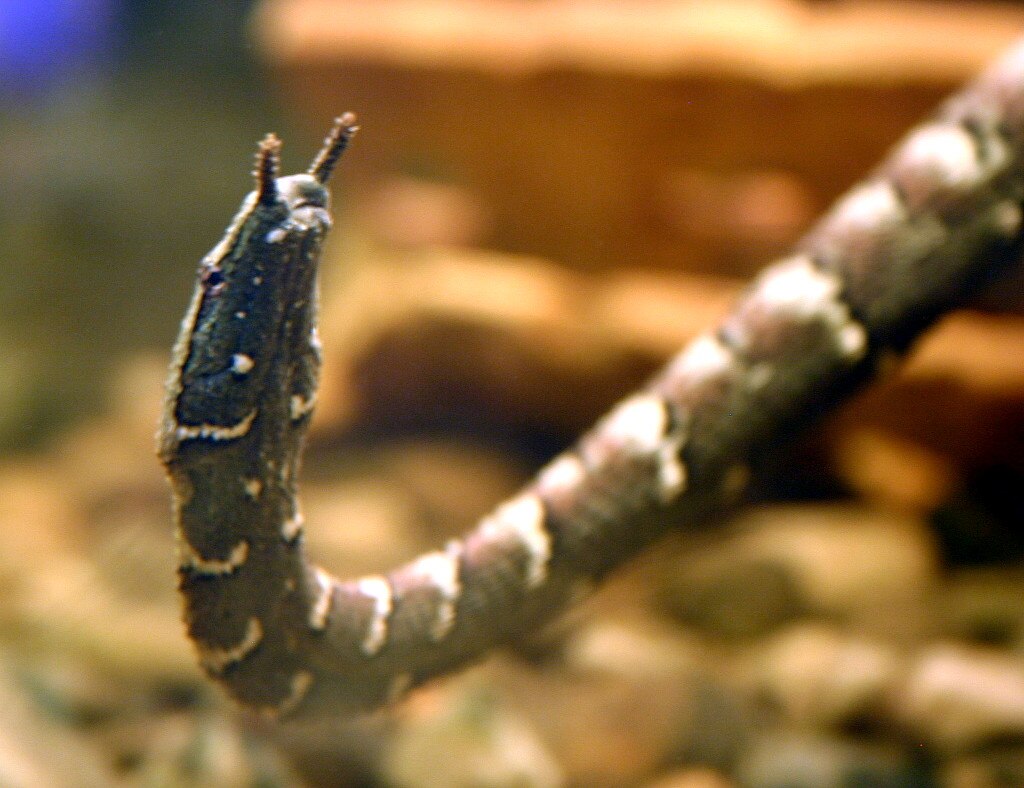
The ophidian olfactory system is extraordinarily sophisticated, with many species possessing both traditional nasal smell receptors and specialized vomeronasal organs that detect chemical particles with remarkable precision. Human-occupied environments are saturated with unfamiliar chemicals from cleaning products, perfumes, pesticides, and other substances that can be overwhelming or aversive to a snake’s chemical sensors. Research has demonstrated that certain snake species will actively avoid areas containing human scent markers, even when these areas otherwise provide suitable hunting conditions. This chemical avoidance behavior appears particularly strong in venomous species that have historically been persecuted by humans. Laboratory experiments have confirmed that many snakes will choose hunting grounds with fewer prey opportunities if it means avoiding areas contaminated with human chemical signatures, suggesting that this aversion overrides even their feeding instincts.
Habitat Modification and Prey Distribution Changes

Human development fundamentally alters natural landscapes, creating fragmented habitats that disrupt traditional snake hunting territories and prey distribution patterns. When humans modify an environment, they often inadvertently eliminate the microhabitats that support the prey species many snakes depend upon, forcing these reptiles to seek hunting grounds elsewhere. Additionally, some human activities introduce new predators or competitors like domestic cats, dogs, and rats that can either prey on snakes or compete for the same food resources. The combined effect of these habitat modifications typically results in lower prey density or accessibility near human settlements for specialized snake predators. Field studies comparing prey capture rates between pristine habitats and areas adjacent to human development consistently show that snakes must expend significantly more energy for successful hunts in human-altered landscapes, making these areas energetically unfavorable hunting grounds.
Direct Persecution and Learned Avoidance
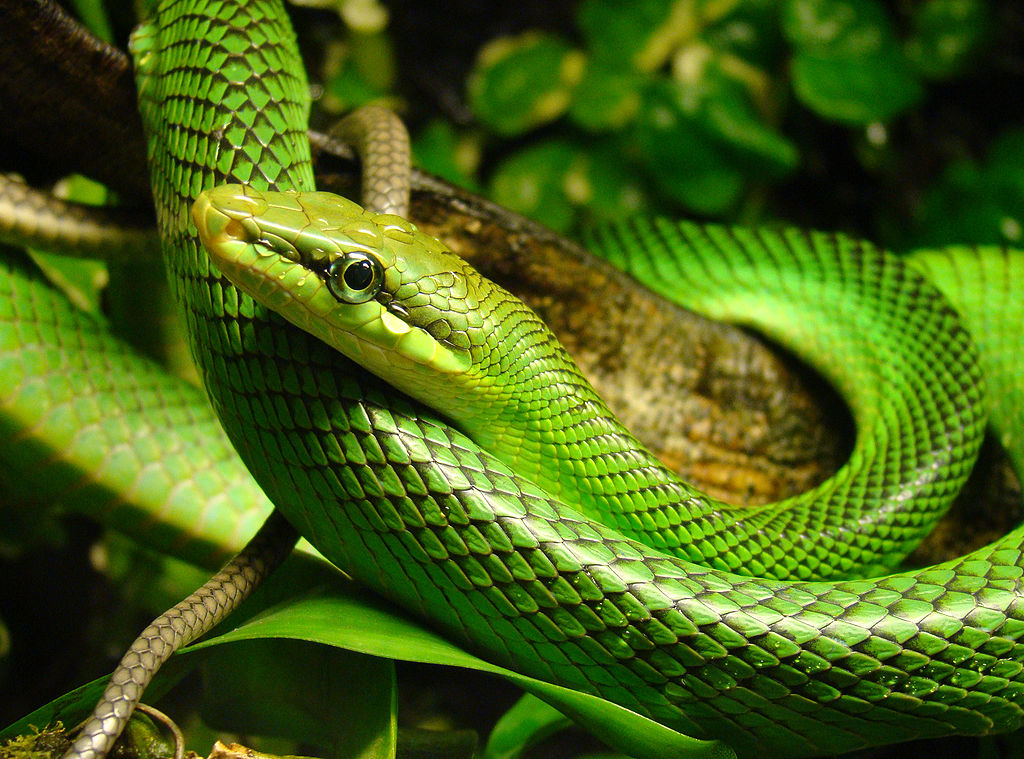
Throughout history and across cultures, humans have often responded to snake encounters with fear and violence, creating a selective pressure against snakes that hunt near human habitations. This direct persecution has likely contributed to the development of avoidance behaviors in many snake populations, as individuals that learned to stay away from humans were more likely to survive. Evidence suggests that some snake species can develop learned avoidance behaviors within their lifetimes, with individuals modifying their hunting patterns after negative interactions with humans. Particularly interesting are studies demonstrating that in some regions, snakes show stronger avoidance behaviors in areas where human persecution is more common compared to areas where humans are more tolerant of their presence. This behavioral plasticity indicates that snake avoidance of human areas isn’t solely instinctual but can be reinforced through experience and learning.
Light Pollution Effects on Hunting Success

Artificial lighting fundamentally alters the natural rhythms of day and night that have governed snake behavior for millions of years, creating significant challenges for their hunting strategies. Many snake species are crepuscular or nocturnal hunters that have evolved to take advantage of low-light conditions when their prey may be less vigilant or when they themselves are less visible to predators. Research has shown that artificial lighting can dramatically reduce hunting success rates for these species by making them more visible to prey and disrupting the behavior patterns of their target species. Night-vision monitoring studies have documented that some snake species will completely abandon hunting attempts when exposed to artificial light, even when prey is abundant and accessible. This light sensitivity appears particularly pronounced in species that rely on ambush hunting tactics, as their success depends on remaining undetected until striking.
Thermal Interference from Human Infrastructure
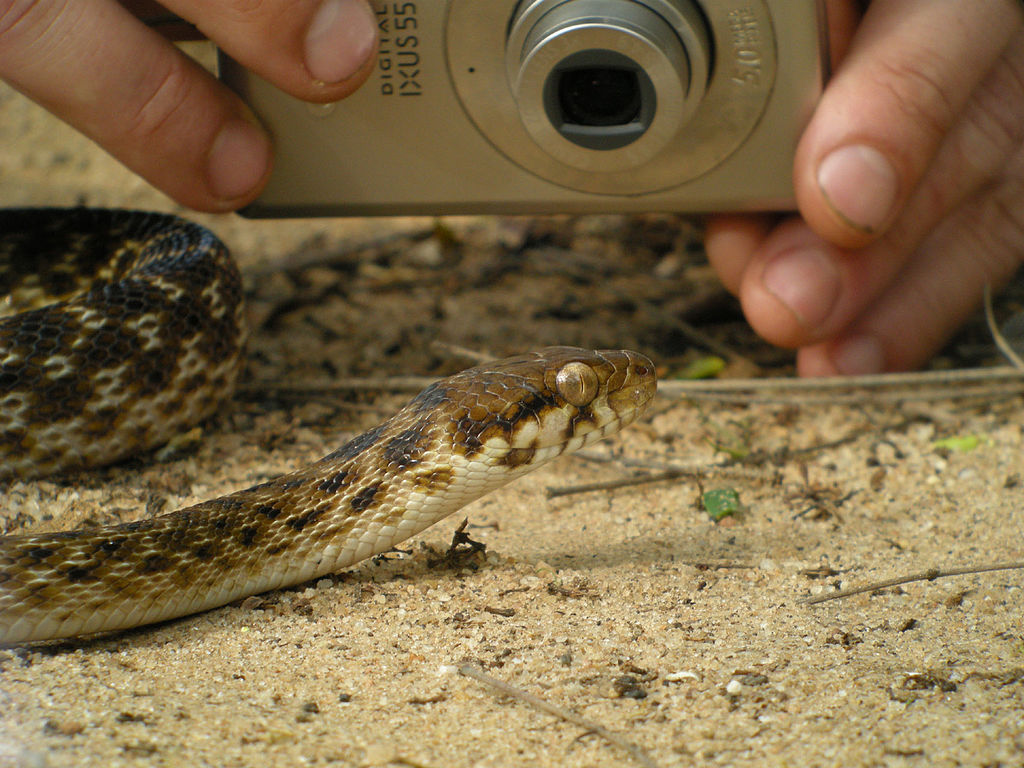
Many snake species rely heavily on their heat-sensing abilities to locate prey, with some possessing specialized pit organs capable of detecting temperature differences as small as 0.003°C. Human settlements create complex thermal landscapes that can interfere with these specialized hunting adaptations through heat-emitting structures, vehicles, and paved surfaces that retain and radiate heat differently than natural environments. This thermal “noise” can mask the heat signatures of potential prey, making hunting near human infrastructure particularly challenging for thermally-sensitive predators like pit vipers. Thermal imaging studies have demonstrated that areas surrounding human developments can exhibit temperature pattern anomalies extending hundreds of meters beyond the actual structures, effectively creating an extended zone of hunting interference. For species that have evolved precise thermal targeting systems, these artificially heated environments may render their most sophisticated hunting adaptations less effective or even useless.
Competition with Human-Associated Predators

Human settlements invariably attract certain adaptable predator species that can outcompete snakes for available prey resources in these modified habitats. Domestic and feral cats, in particular, represent formidable competitors that hunt many of the same small mammals, birds, and reptiles that constitute the diet of many snake species. These mammalian predators typically possess advantages in human-modified landscapes, including greater adaptability to disturbance and, in the case of pets, supplemental feeding that allows them to maintain high population densities regardless of natural prey availability. Studies comparing hunting success between snakes and mammalian predators in human-adjacent habitats show that snakes typically experience significantly lower capture rates when competing with these human-associated species. This competition creates strong selection pressure for snakes to seek hunting territories with fewer competing predators, typically areas more distant from human habitation.
Species-Specific Behavioral Differences
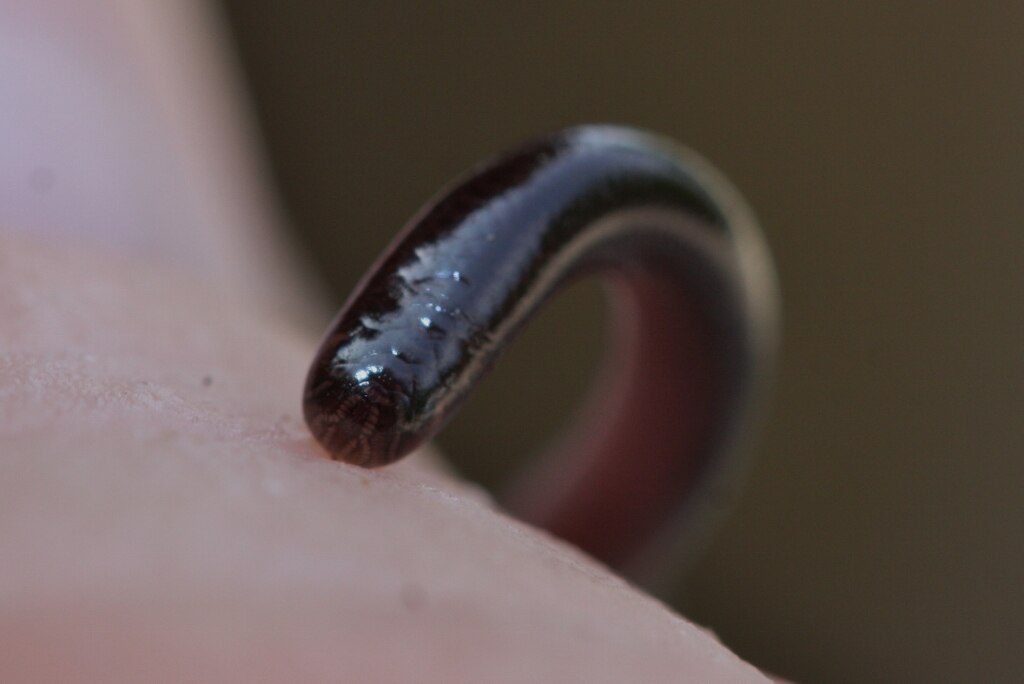
Not all snake species respond identically to human presence, with some displaying much stronger hunting avoidance behaviors than others based on their ecological niches and evolutionary histories. Generally, specialist predators with narrow dietary requirements and specific hunting strategies tend to avoid human areas more consistently than generalist species with flexible hunting behaviors. Highly venomous species often demonstrate stronger avoidance patterns, possibly reflecting the greater historical persecution they’ve experienced from humans who feared their potentially dangerous bites. Comparative studies between closely related species have revealed that even subtle differences in diet, activity patterns, or sensory capabilities can translate into significant variations in willingness to hunt near human settlements. This spectrum of responses highlights the importance of species-specific conservation approaches rather than generic “snake management” strategies when addressing human-snake coexistence challenges.
Seasonal Variations in Human Avoidance
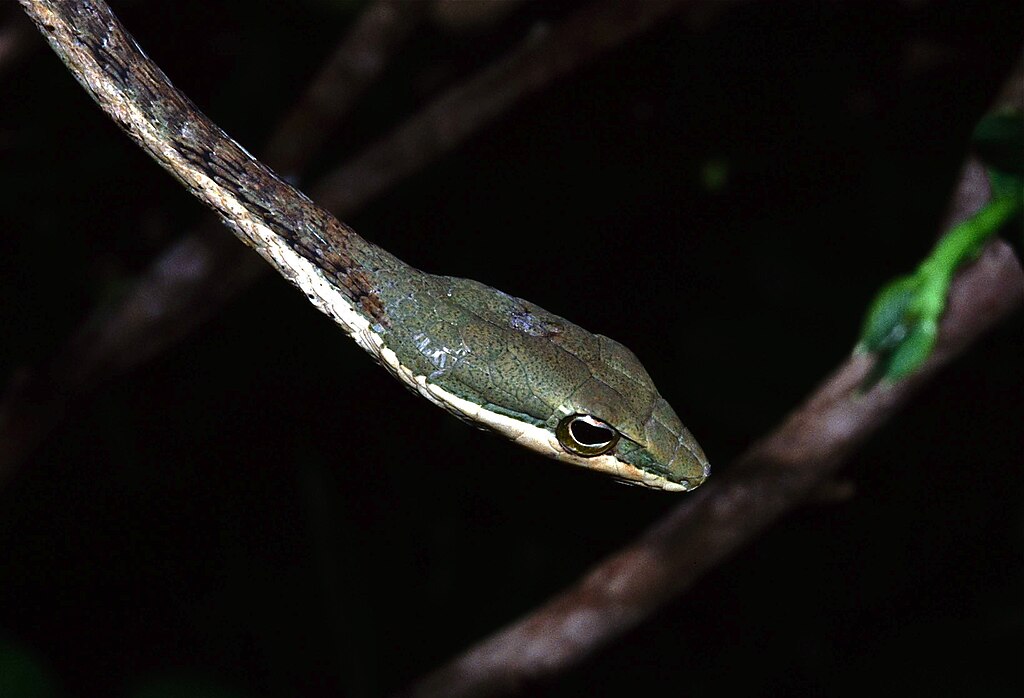
The intensity with which snakes avoid hunting near humans often fluctuates seasonally, reflecting changing energy requirements and environmental conditions throughout the year. During breeding seasons or periods preceding hibernation, when energy demands are highest, some snake species may become more willing to hunt in suboptimal human-adjacent areas if prey is abundant. Conversely, during periods of lower metabolic demands, these same species may show stricter avoidance of human areas, prioritizing safety over feeding opportunities. Long-term tracking studies have revealed that individual snakes often maintain separate summer and winter ranges, with the winter ranges typically positioned further from human settlements than their active season territories. This seasonal plasticity in human avoidance behavior demonstrates the complex risk-benefit calculations that influence snake hunting decisions across changing annual conditions.
Geographic Variations in Avoidance Behavior

The degree to which snakes avoid hunting near humans varies significantly across geographic regions, reflecting different cultural attitudes toward snakes and varying histories of human-snake interactions. In regions where snakes hold cultural or religious significance and face less persecution, some species display noticeably reduced avoidance behaviors compared to the same species in areas where they are routinely killed. These geographic variations extend to urban-rural differences as well, with some studies documenting stronger avoidance behaviors near rural homes where residents are more likely to kill snakes than in certain urban areas where residents might simply call removal services. Particularly interesting are documentation of “edge populations” – snake communities living at the boundaries between heavily developed and natural areas – which sometimes develop unique behavioral adaptations that balance hunting opportunities with human avoidance strategies. These geographic variations highlight how human cultural practices can shape wildlife behavior through selective pressures.
Conservation Implications and Human Coexistence
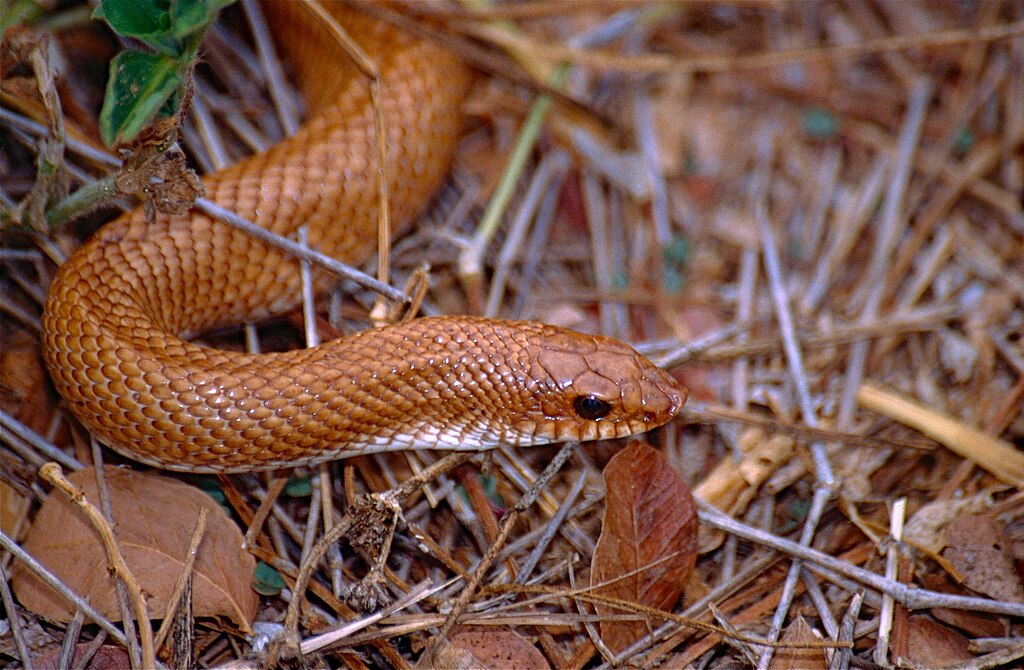
Understanding why snakes avoid hunting near humans has significant implications for conservation efforts and developing strategies for human-snake coexistence in increasingly developed landscapes. By identifying the specific factors that deter snakes from utilizing human-adjacent habitats, conservation biologists can design wildlife corridors and buffer zones that accommodate these species’ behavioral needs. Conservation initiatives that focus on reducing unnecessary artificial lighting, limiting chemical contamination, and educating communities about the ecological importance of snakes have shown promise in reducing hunting avoidance behaviors in some areas. Successful snake conservation requires balancing legitimate human safety concerns with the ecological needs of these important predators. When effectively implemented, such approaches can create landscapes where snakes maintain their ecological functions while minimizing negative human interactions, ultimately benefiting both parties in this ancient evolutionary relationship.
The Future of Snake Behavior in Anthropogenic Landscapes
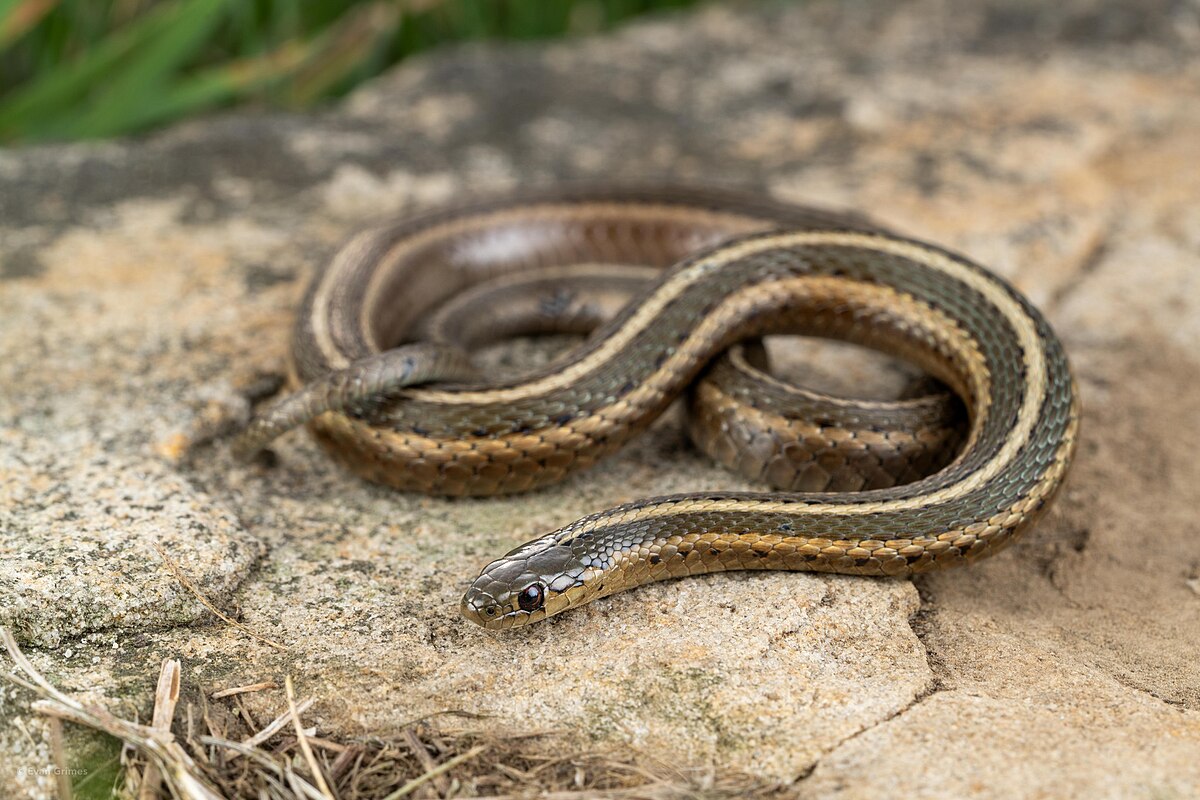
As human development continues to expand globally, the selective pressures influencing snake hunting behaviors are likely to intensify, potentially driving evolutionary changes in how these reptiles respond to human presence. Some research suggests we may already be observing the early stages of human-adapted snake populations in certain regions, where individuals display reduced sensitivity to human disturbances compared to their counterparts in more pristine habitats. These emerging behavioral adaptations raise important questions about the future ecological roles of snakes in increasingly anthropogenic landscapes. While some species will likely continue to avoid hunting near humans, others may develop novel behavioral strategies that allow them to exploit the unique ecological niches created by human infrastructure. Understanding and monitoring these behavioral shifts will be crucial for predicting how snake communities will function in future ecosystems increasingly dominated by human influence and for developing effective conservation strategies that accommodate both human needs and snake ecology.
The complex behaviors that cause some snake species to avoid hunting near humans represent fascinating adaptations to the selective pressures of coexisting with our species. From their heightened sensory sensitivities to learned avoidance behaviors, these patterns illustrate the profound ways human activities can shape wildlife behavior beyond simple habitat destruction. As we continue to expand our understanding of these intricate relationships, we gain not only scientific insights but also practical knowledge that can inform more effective conservation strategies. By recognizing and respecting the ecological needs that drive snakes to maintain their distance, we can work toward landscapes that accommodate both human activities and the hunting requirements of these important predators, ultimately fostering healthier ecosystems that benefit all inhabitants.

